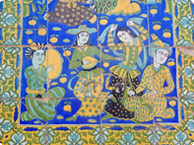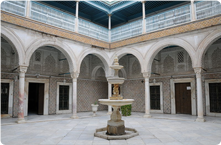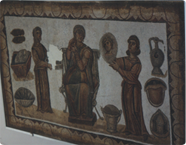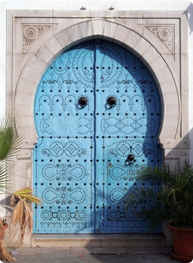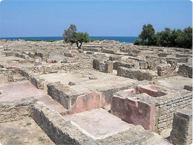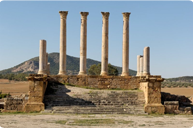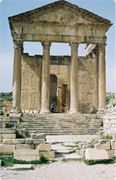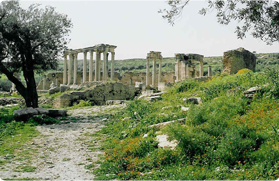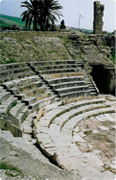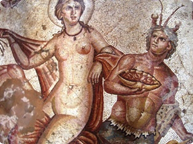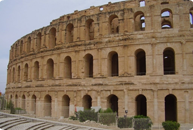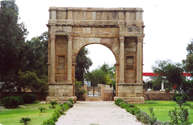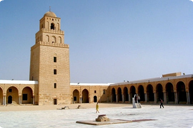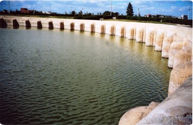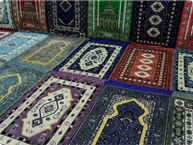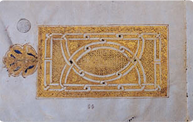
The Museum of Bardo,is a luxurious museum visited by Alexandre Dumas in 1846, with his Punic department, its Roman and Byzantine mosaics, its Christian room, etc..
The modern city with the avenue Habib BOURGUIBA, the place of the last revolution.
Carthage, is an ancient phoenician counter established according to the legend by queen Elissa you can visit the antique site, Punic Ports, Park of Antonin's thermal baths, and park of the Roman houses, etc..
its white houses and its remarkable site are a very pleasant excursion we roam at random alleys and paths, being allowed dazzle by the bruise of the studded doors, whiteness of walls, windows in moucharabieh. Visit of the Palace Ennejma Ezzahra, the baron Rodolphe Erlanger with his magnificent gardens, its view on the gulf of Tunis, its Andalusian Arab architecture and its center of the Arabic and Mediterranean musics.
To finish your visit with a mint tea in the Café of Braids (place known well by the artists, the writers, the painters), by smoking a chicha (water pipe)
Thuburbo Majus
Thuburbo Majus, the first tracks of its existence goes back up in V century, vestiges dating Roman period, to the entranceof the city raises itself the impressive Capitol, the forum, the palestre of Pétronii etc...
Catacombs are among the most important of the antique world. They count 240 galleries on about 5 km and contain approximately 15 000 graves.
Beyond the antique Arc de Triomphe of emperor Diocletian, visited the magnificences of Sbeitla, the forum, the temples, the thermal baths, the amphitheater, the houses strengthened of Byzantine time, the Capitol, the church of Vitalis with the baptismal tank richly decorated with mosaics, etc...
Kairouan, capital of Aghlabides marks a decisive stage in the historyof the country. The Big mosque is considered as the oldest and the most prestigious building of the Muslim west and was built by Uqba b. Nâfi in the year 670 before J.C. The minbar pulpit used by the imam at the time of the prone, it is one of the most beautiful and more ancient pulpits with prayer of the Muslim world.
The mausoleum Abu Zam' A Al-Balawi shelters the grave of an illustrious character companion of the prophet Muhammad, the magnificent covers of earthenware stone floors, wooden ceiling paints in galleries. This building groups three sets the mausoleum, bring to room temperature hosts, the minaret and the médersa (the islamic school).
The ponds of Aghlabides water tanks to supply the population with 862 before J.C
Ramparts further to the uprisings of the Berber tribes the caliph Abbasside of Bagdad, Al-Mansour made strengthen the city. This surrounding wall opens on six doors. It is going to be more destroyed and reconstructed of seven times
The mosque in three doors magnificent example of the numerous oratories of district of the city (IXth century J.C)
The medina renowned for its factories of carpet, you will find the cake store "Best Makroud" (cake filled with dough of date in the shape of rhombus).
This is only a small outline of the cultural wealth of Tunisia ; we are at your disposal to build with you the cultural circuit the closest to your aspiration.

AU CŒUR DU DÉSERT
Address : Touristic Zone
2200 TOZEUR, TUNISIA
Phone :
+216 76 453 660
+216 76 453 570
Fax :
+216 76 453 515
Our email :
